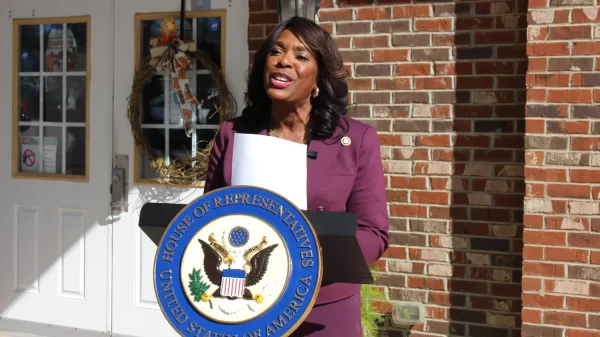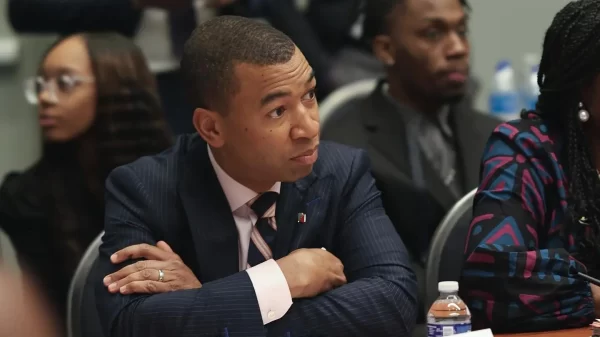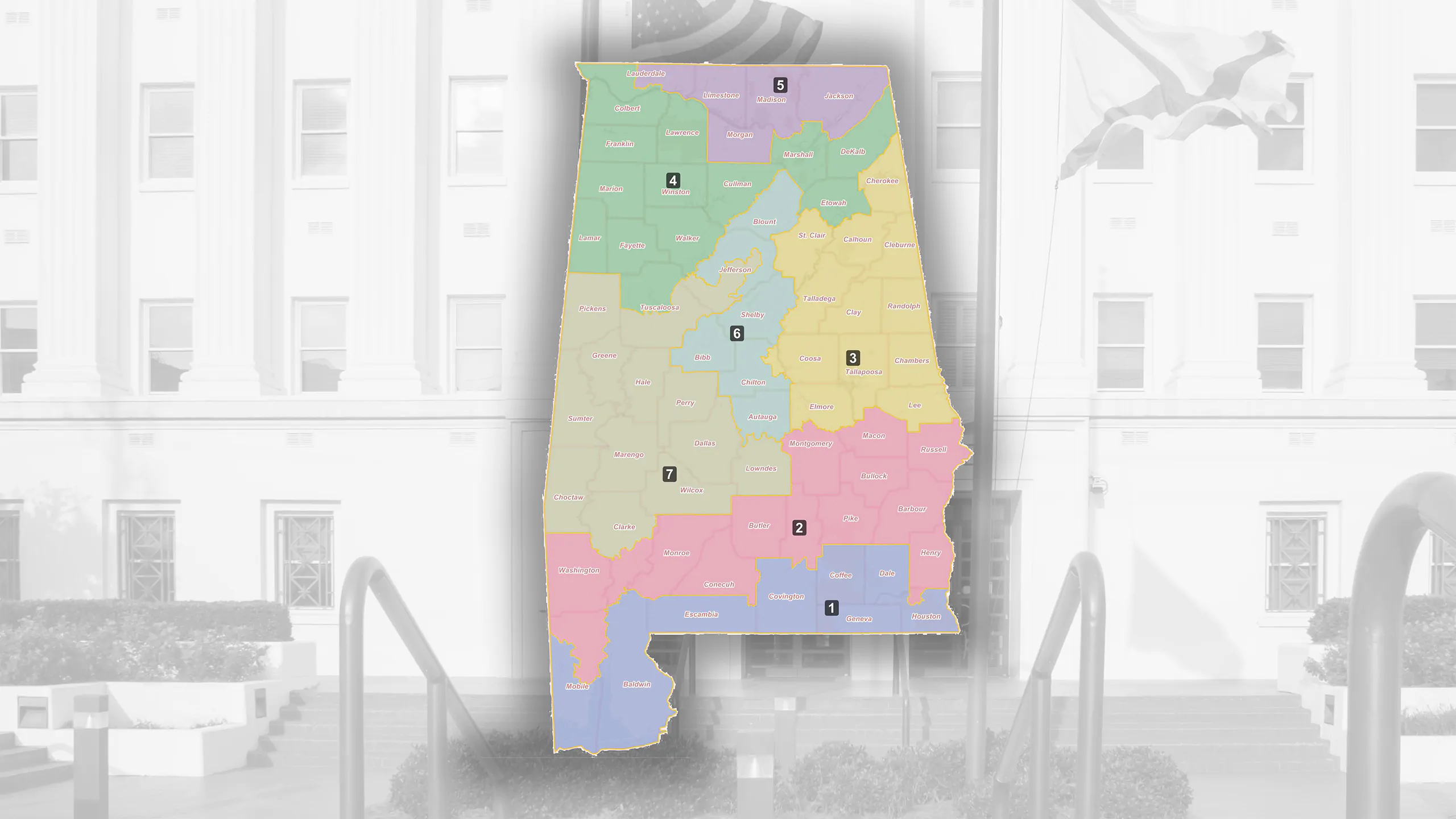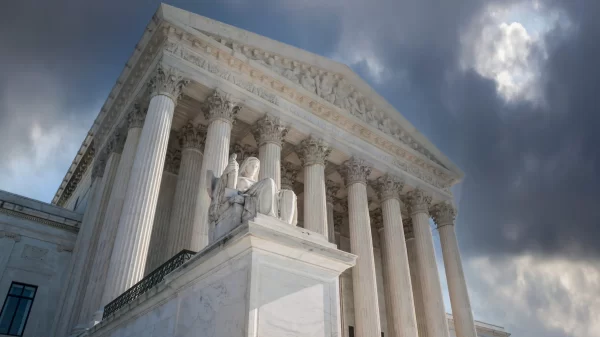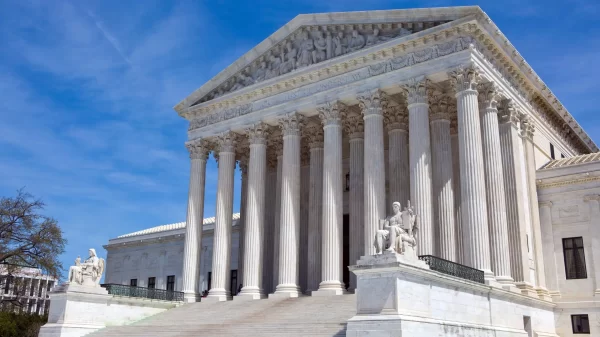|
Getting your Trinity Audio player ready...
|
Alabama House Democrats were unified in their support of a plan entitled “the VRA Remedial Plan” since day one of the special session to remedy Alabama’s unconstitutional Congressional map.
Under the thumb of Republicans bent on keeping the map as close to illegal as possible, that map didn’t gain any traction with the majority, which eventually voted through a plan very close to the Senate’s preferred district lines.
But with that map also now harshly rejected by a three-judge federal panel, the plaintiffs in the case are asking the special master to go with the plan they believe was the proper remedy all along, as they have asked for the VRA Remedial Plan to be the solution to Alabama’s second violation of Voting Rights Act.
“There is no doubt that the VRA Plan remedies Alabama’s Section 2 violation,” the plaintiffs wrote in their motion. “And there is no doubt that it does so in a manner that is both lawful and respectful, to the extent permitted by law, of the State’s own policy choices and redistricting traditions. Plaintiffs accordingly urge the Special Master to consider the VRA Plan as a remedy.”
The National Redistricting Foundation, which has been directing and financing the Caster plaintiffs, said that this map will be a solution that the courts can get behind.
“This map provides Black Alabamians the representation they rightly deserve in accordance with Section 2 of the Voting Rights Act,” said Olivia Mendoza, director of litigation and policy for the NRF. “A fair, compliant map must include two congressional districts in which Black voters have a true and meaningful opportunity to elect a candidate of choice, and the VRA Plaintiffs’ map does just that. The Special Master can and should adopt this map.”
The map includes two majority-Black congressional districts, congressional districts 2 and 7. Both districts have a Black Voting Age Population (BVAP) of above 50 percent, which the NRF said is necessary for these districts to effectively provide an equal opportunity for Black voters in Alabama as required by the VRA. Specifically, the 2nd Congressional District has a 50.08 percent BVAP and the 7th Congressional District has a 54.43 percent BVAP.
The map also divides what it considers the 18 Black Belt counties between two majority-black districts without splitting any of those counties apart.
“It maintains the Black Belt community of interest in just two districts, retains over 80 percent of the lines drawn in Alabama’s 2021 congressional plan, and splits Jefferson County and Mobile County close to the same manner as the State’s 2021 Congressional Plan and Board of Education Plan, respectively,” the plaintiffs said in the motion.
The federal court on Monday rejected the state’s pleas to stay the drawing of the map, and Alabama has now asked the U.S. Supreme Court to intercede once more.
APR previously reported the state’s plan to have the case relitigated in an apparent attempt to sway Justice Brett Kavanaugh to accepting the state’s new remedial map.























